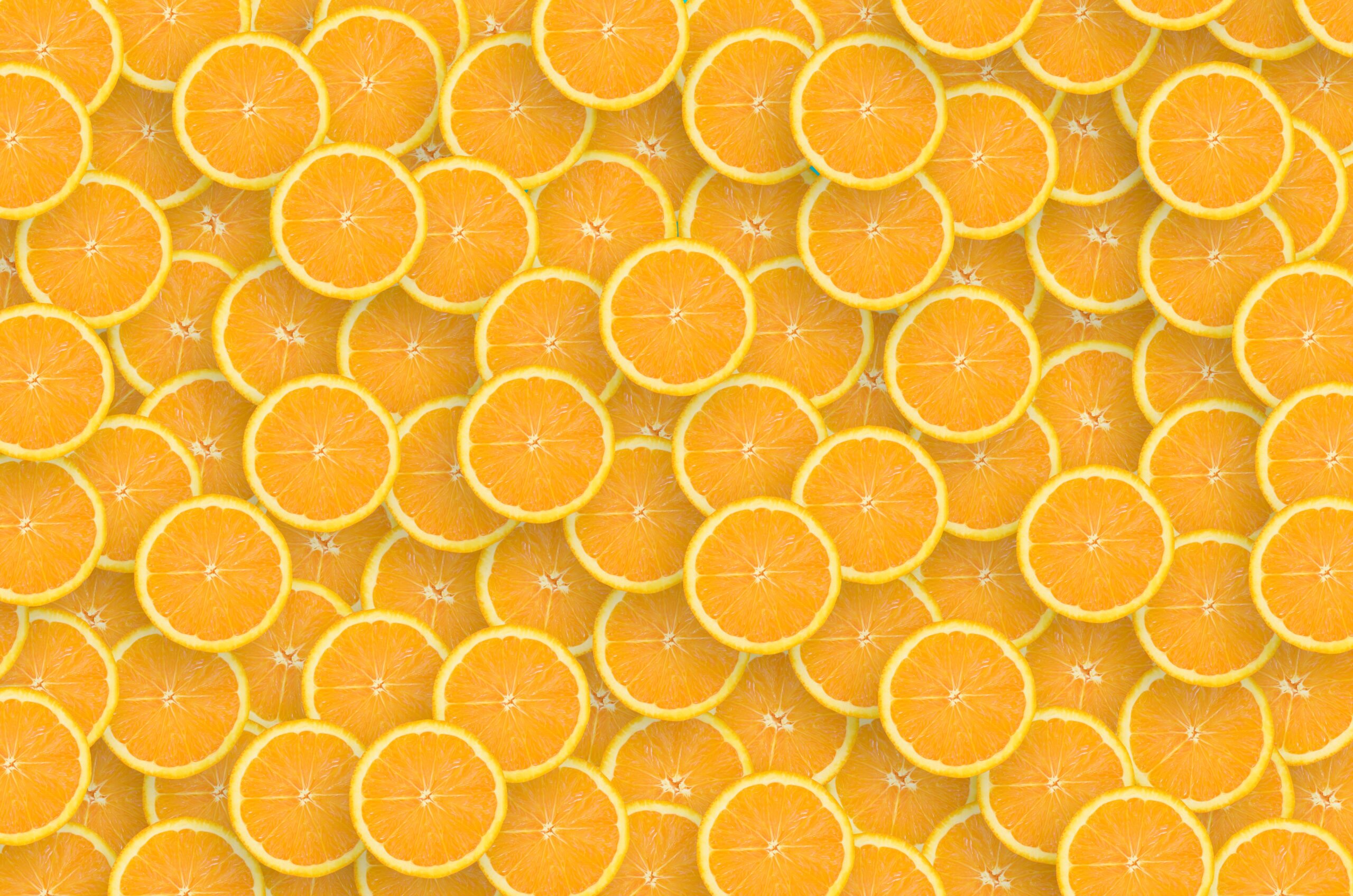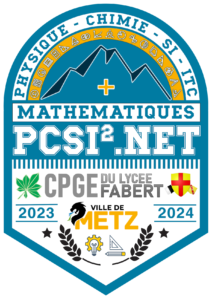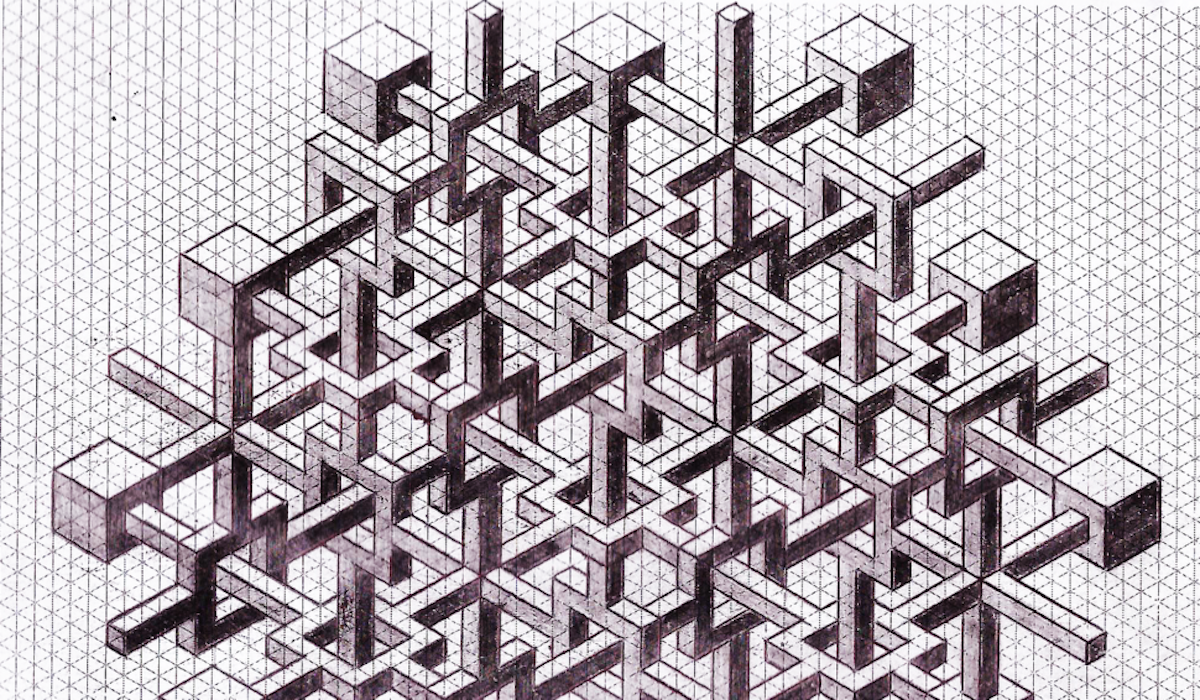
Savoir faire : rédiger une récurrence. Choix d'une récurrence simple, double ou forte.
Exercice :
On considère la suite
Démontrer que pour tout
On va faire une démonstration par récurrence double, car on remarque dès la première lecture de l’énoncé que pour tout





